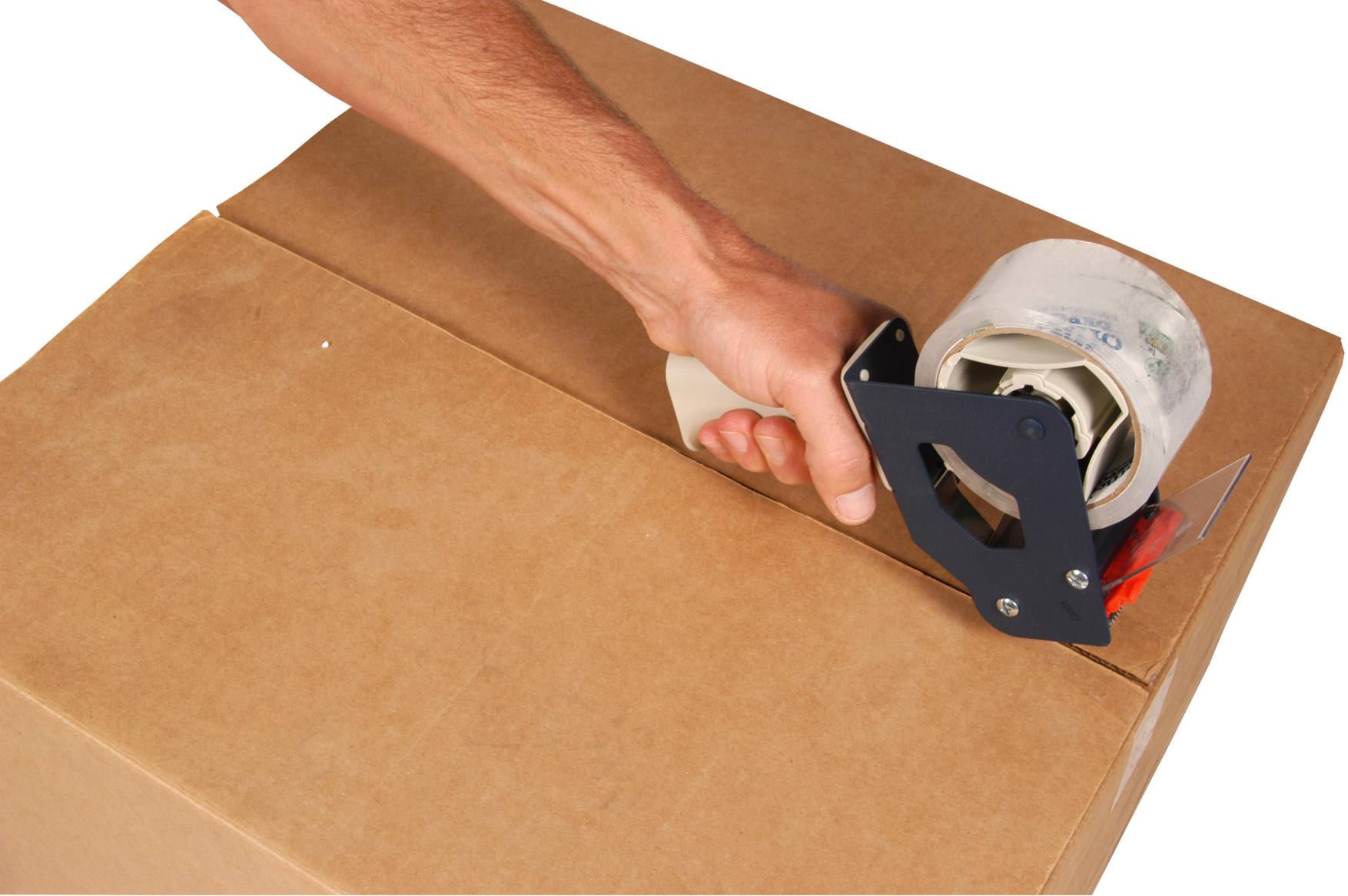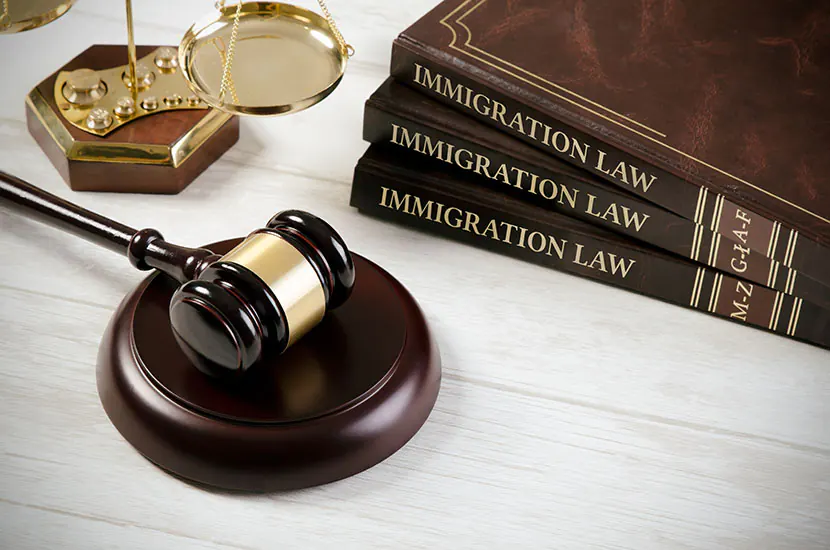During the shipping process, tape for shipping boxes is used to fasten and strengthen goods. Learn more about the numerous varieties of tape available.
Packing may appear to be simple, but it is far from it. The tape you use for packing must be carefully chosen since it is a crucial packaging component that protects and strengthens your items.
Here’s what you need to know about the many varieties of packing tape on the market and how to pick the best one for your package and contents:
Table of Contents
Packaging Tape Fundamentals
Because you’re probably not a tape specialist, it’s a good idea to go over some basic words and ideas before we get into packaging tape.
Thickness: The thickness of the tape, measured in milli-inches or mils (one-thousandth of an inch).
Width: The width of a roll of tape, measured in millimeters or inches.
Length: The amount of tape on a roll, measured in meters, yards, or feet.
Core size: The diameter of a tape’s interior roll in millimeters.
Elongation: The amount of strain a tape can withstand before breaking, expressed as a percentage of stretch ranging from 0% to 100%.
Backing material: The substance on which the tape adhesive is put — polypropylene, cloth, and vinyl are popular backing materials.
Tensile strength: The amount of force necessary to break a tape, measured in pounds.
Consideration Should Be Given To Various Types Of Packaging Tape
It’s time to apply these phrases to various types of packing tape or order packing supplies so you can learn about the many possibilities available:
Strapping tape: This type of plastic shipping tape is especially strong due to reinforcing glass filaments, which can add strength and sealing power. If your standard carton-sealing tape isn’t working and you don’t want to deal with the extra procedures that come with water-activated tape, the strapping tape can be a good option.
Custom-printed tape: This form of tape may be utilized to make your brand stand out from your competitors’ dull and plain products. Custom-printed tape may simply be customized with your brand name, logo, typeface, colors, and so on.
Water-activated packing tape: This form of packaging tape adds an extra layer of protection to products. This is because the adhesive on this tape is only active when wet and forms a strong bond with the corrugated cardboard once dry. This adhesive is so strong that it cannot be broken without causing damage to the tape, making it a tamper-evident and theft-deterrent choice.
Cold temperature tape: This type of packing tape is appropriate for use in cold temperatures and rainy weather. Because the adhesive on carton-sealing tape can be impacted by low temperatures and high moisture levels, it becomes useless.
Tape for sealing cartons: Carton-sealing tape, the most common sort of packaging available, may be used for almost anything, from closing boxes to grouping filled boxes together. If you have basic carton packaging material and shipping needs, this will likely be your best option.
How to Select the Best Packaging Tape?
When it comes to packing tape, there are several aspects to consider. Here are some other things to think about to help you make an educated decision:
Consider the Package’s Weight
The greater the weight of the cargo, the stronger the tape must be.
- Scotch packaging tape is suggested for items weighing more than 40 pounds.
- Scotch 372 packing tape is suitable for goods weighing 15 to 40 pounds.
- Scotch 371 packing tape or Tartan 302 packing tape is recommended for packages weighing less than 15 pounds.
Consider the Package Contents’ Stability

If the contents of your box are continuously changing, the tape will be put under additional strain, needing a stronger and broader alternative.
- Scotch 372 packing tape is ideal for an unstable package with a lot of moving.
- Scotch 372 packing tape is suggested for a standard shipment with minimum moving.
- Scotch 371 packing tape is suggested for a sturdy package with no moving.
Consider the Worth of the Contents of the Box
The more valuable the contents of your ecommerce box packaging, the more secure and sturdy the tape must be to prevent damage and theft.
- Scotch 375 packing tape is suggested for valuable materials.
- Scotch 372 packaging tape is suitable for modestly priced items.
- Scotch 371 packaging tape is suitable for low-cost goods.
Consider the Package’s Length and Breadth
Long packages with substantial contents necessitate the use of broader, stronger adhesives.
- Scotch 375 packing tape is recommended if the package is longer than 30 inches.
- Scotch 372 tape is recommended if the package’s length is less than 30 inches.
Wide packages with heavy contents and sharp edges necessitate the use of broader, stronger adhesives.
- Scotch 375 packing tape is recommended if the package’s breadth is larger than 22 inches.
- Scotch 371 or 372 packing tape is recommended if the package’s breadth is less than 22 inches.
Consider the Package’s Strength
Stronger packages provide additional strain on the tape seal, necessitating the use of thicker, stronger tape. Box strength is generally assessed in an edge crush test and is expressed in ECT, which is the amount of weight that a corrugated board can sustain per square inch before crushing.
- Scotch 372 packing tape should be used on packages with an ECT of more than 32.
- Scotch 372 packing tape should be used on packages with an ECT slightly higher than 32.
- Scotch 371 packaging tape should be used on packages with an ECT of less than 32.
Think About the Shipment Method
Depending on moisture, sunshine, pressure, and temperature, different packaging tapes are suited for different transportation methods.
- For individual shipments, Scotch 373 packaging tape is suggested.
- Scotch 371 packaging tape is suitable for palletized, then customized transportation.
- Scotch 371 packaging tape is suggested for palletized load shipment.
- Scotch 375 packing tape is suitable for import or export shipment.
How to use Tape Properly to Assemble your Packages?
After you’ve chosen the appropriate tape, you’ll need to learn how to utilize it to build your packages.
- To begin, you should use a tape dispenser to make the entire sealing procedure quicker and more efficient.
- After that, you must construct the box. Take your tape dispenser and mark an “H” on the open ends of the box by laying the tape along the open sides. Make sure to leave around a few inches of tape overhang.
- If you have a very hefty or delicate package, you may wish to strengthen it further with tape.
- To offer extra protection, tape all of the corners.
- To strengthen the flaps, add another layer of tape around the edges.
- Then, put labels and instructions on the packaging, such as “THIS SIDE UP,” “DO NOT BEND,” or “FRAGILE,”.











